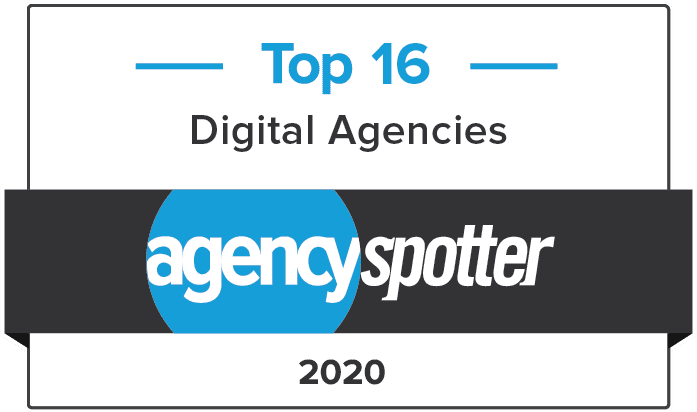
7 Marketing Trends to Watch in 2016
Technology is changing marketing and the way consumers interact with brands at a rapid pace. Here are a few suggestions for marketing trends to watch in 2016.

A foundation of insight-driven marketing. There has been a focus on big data over the last few years, but mounds of data are not useful unless insights can be gleaned from it. There are technologies abound to help make sense of it, but smart marketing needs to employ strategic thinking to put it into a strategic plan. What’s more important is that once that insight has been discovered it must be put into action. Make sure your marketing department has the insights in 2016 to produce marketing that will move the needle.
Focus on customer experience. Marketing is moving from siloed communication to an integrated part of the sales cycle. Marketers can engage with customers online, track their path to purchase, measure loyalty, and match behavior to re-engage customers’ interests. Customers are deluged with marketing messages and information, so a great customer experience is a must.
Programmatic advertising goes mainstream. Programmatic ad buying is the use of software to purchase digital advertising, as opposed to the traditional process that involves human negotiations. Google has gone all-in, pushing close to 100 percent of brand display advertising through programmatic. This will continue to evolve for companies in 2016. eMarketer predicts programmatic ad spending will account for 63 percent of all digital display spending in 2016. We will also see expansion into TV ads. More TV shows and movies are streamed through online sites. HULU is already rolling out programmatic ad buying, and with the new programmatic solution, HULU will be able to serve more relevant ads to each viewer.
Social media strategies and expectations are refined. For most brands, social media doesn’t work on its own, but more companies in 2016 will figure out how to use it as a cohesive part of their integrated marketing campaigns. Social media shouldn’t be used for self-promotion, but instead as a way to engage users and build brand trust.
A leap toward relevant personalization. Test results have shown for years that people like to see their name on marketing materials, but personalization is evolving in 2016. It must include relevant considerations for the consumer. It may be viewed as creepy to send personalized content to someone who has never done business with you. However, consumers expect, if they have engaged with you, that you know about them and that you would market to them in personalized and relevant ways. For example: Sue, just bought a brown leather purse. Offer her the matching shoes. Mark just purchased the BMW 6, so offer him an extended warranty. Nathan just got back from an amazing vacation in Hawaii. Send him an offer to book today for a discount on a return trip next year.
More empowered customers. The marketing funnel has flipped. People aren’t falling into the funnel, they are deliberately choosing to climb up the sides. Now, more than ever, it is important for marketers to clearly and honestly provide the benefits of engagement to their consumers. It will be crucial in 2016, for marketers to understand the customer journey and offer their consumers reasons to make the climb.
Expanded use of marketing technology. Marketing teams will increasingly use marketing technologies to keep up with the demands of executing strategic, integrated marketing campaigns based on consumer insights that are segmented, personalized and timely. Having the connectivity between marketing technology will help you maintain consistency in campaign management and reporting.
Want to learn more? Contact us today.



